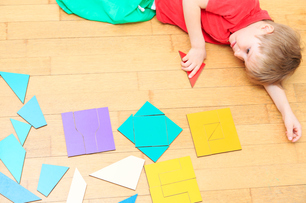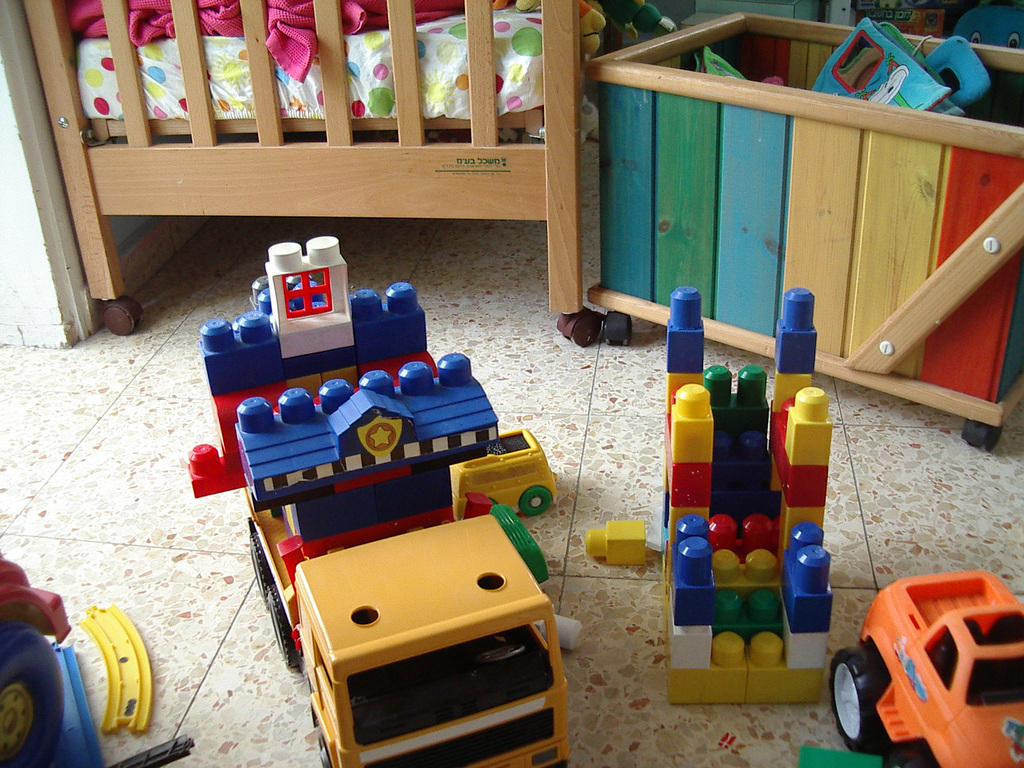
From the time we are born, we begin learning about and making sense of the world. Through exploration, testing, along with trial and error we grow in understanding of our environment. As we grow older we enter into formal education that furthers our ability to make sense of the world. Our experiences and knowledge combine so that eventually we are able to form judgments concerning how the world works.
There are many ways to gain information, or data, about the world. In early childhood we begin with organizing and classifying objects as is common with teaching young children to group “like” objects together. For a quick reminder of this early learning click on the link below to hear a lesson from Sesame Street:
There are many ways to gain information, or data, about the world. In early childhood we begin with organizing and classifying objects as is common with teaching young children to group “like” objects together. For a quick reminder of this early learning click on the link below to hear a lesson from Sesame Street:
|
We also learn to make meaning of events and objects from a variety of sources. As children we have the experience of activities at home and in school or public places that help us to make sense of our world and to navigate the differences between our private and public life. We experience rituals (religious or non-religious), are exposed to media sources, and learn to use tools to name a few. Through role-playing, artwork, storytelling, and imitation of others, we interpret and make sense of these experiences.1 The information we take in as children is the data that serves to further our ability to develop skills to function in life.
These experiences and data also help shape our understanding of what is important or valued, a sense of fairness and justice, as well as to interpret symbols and develop beliefs. This includes our capacity for belief in a higher power, or god/God. |
As author and researcher Justin L. Barrett tells, “Children are prone to believe in supernatural beings such as spirits, ghosts, angels, devils, and gods during the first four years of life due to ordinary cognitive development in ordinary human environments. Indeed, evidence exists that children might find especially natural the idea of a nonhuman creator of the natural world, possessing superpower, superknowledge, superperceptions and being immortal and morally good.” 2 He suggests that as children, we are designed naturally to believe in a god, or God.
|
So how can we understand both the scientific and theological methods for how we learn and believe? Click on the next tab “THE TWO METHODS,” or the button below, to learn more about these claims.
|
Below are two options for using the LEADER GUIDE; the first option contains information for this page only and the second option contains the entire LEADER GUIDE.
|
1 Summary of information presented in McGraw-Hill, “Young Children Making Meaning at Home and School,” 7. http://mcgraw-hill.co.uk/openup/chapters/0335212654.pdf
2 Justin L. Barrett, Born Believers: The Science of Children’s Religious Belief (New York, NY: Free Press, A Division of Simon and Schuster, Inc.), 3.
2 Justin L. Barrett, Born Believers: The Science of Children’s Religious Belief (New York, NY: Free Press, A Division of Simon and Schuster, Inc.), 3.
